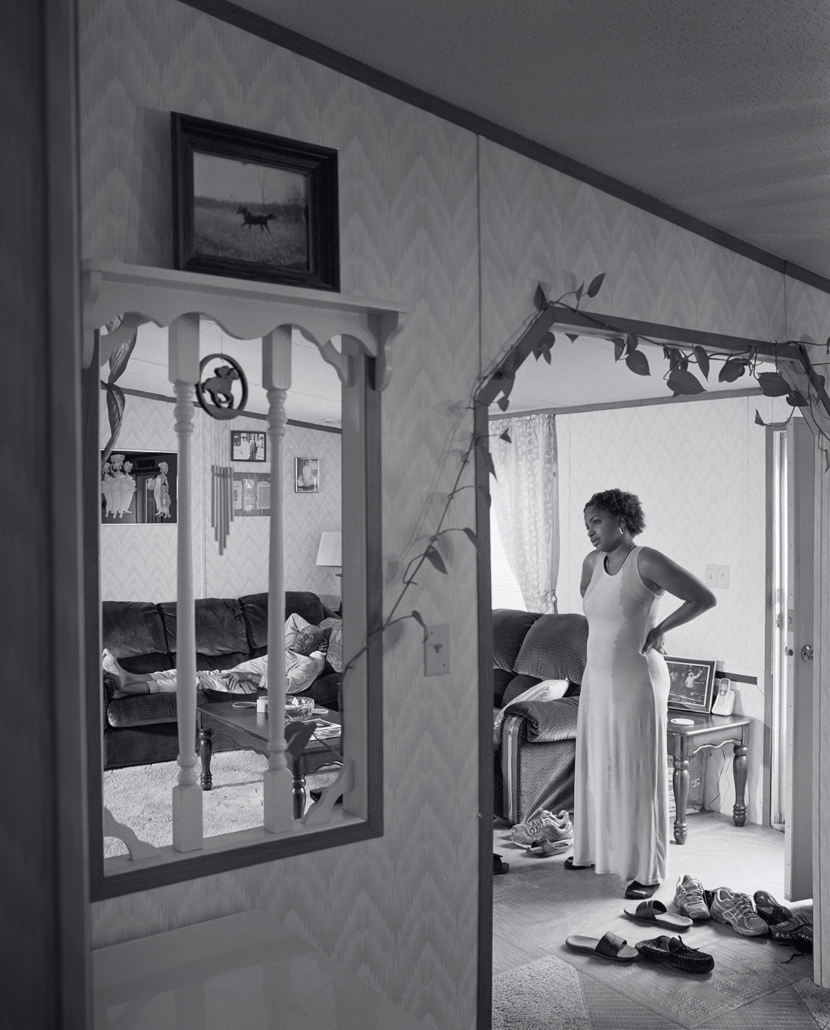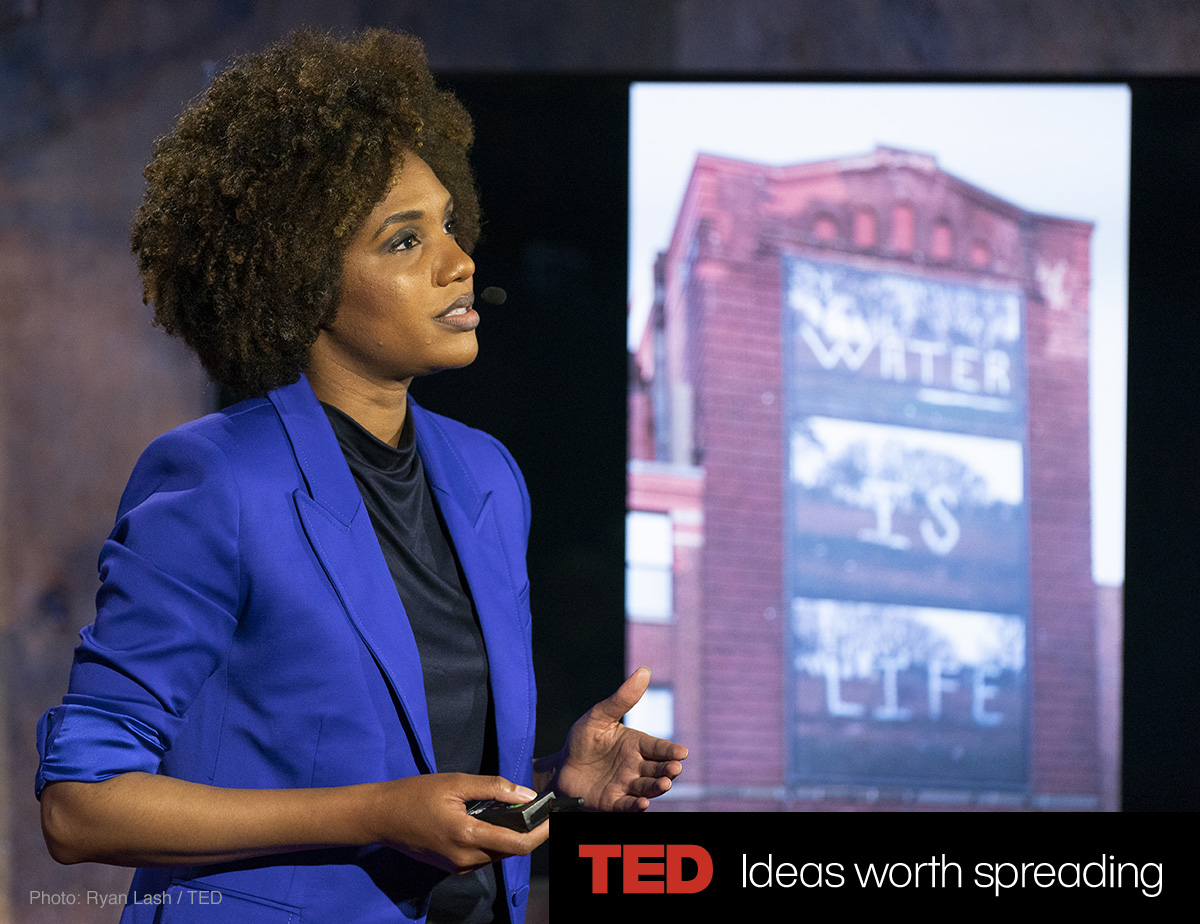Kinship Amid a Loneliness Epidemic
Hyperallergic
by AX Mina
Through multiple mediums, Kinship demonstrates the ways that a number of artists had to navigate COVID-19’s influence on their process
The United States is in the midst of a loneliness epidemic. A 2021 study from Harvard’s Graduate School of Education pointed out that nearly a third of Americans report being lonely. This is up from a fifth, according to a 2018 study by the Kaiser Family Foundation. US Surgeon General Vivek Murthy, who recently declared loneliness the latest public health epidemic, has spoken about three dimensions of loneliness and where they manifest: in intimate partnership, in friendship, and in “collective” community, i.e., having a network of people with common interests. These dimensions, in turn, can be the source of a rich social life when fully nourished. The pandemic almost certainly played a role in harming all of these, and we continue to see the ripple effects on society.
Kinship, a new book from the National Portrait Gallery, authored by Dorothy Moss and Leslie Ureña (with Robyn Asleson, Taína Caragol, and Charlotte Ickes), asks a critical question: What is kinship in the United States today, and how is it evolving? The book explores this through a series of works by eight contemporary artists and accompanies a show of the same name at the museum, also curated by Moss, Ureña, Asleson, Caragol, and Ickes. In addition to the art, the book includes a series of essays and a discussion with the artists. Work on the project began in 2018, and its timing heightened its relevance.
Indeed, Kinship shows that a number of the artists had to navigate COVID-19’s influence on their process. Thomas Holton, whose photo series The Lams of Ludlow Street portrays a single family in New York’s Chinatown over the course of nearly a decade, found himself separated from them for more than two months under lockdown — the longest he’d been away from them since starting the project. Jess T. Dugan, whose Family Pictures series spans a decade-plus and focuses on three generations of their family, shifted to self-portraiture and still lifes during the pandemic. Their photos of family in 2020 capture the intimacy of life under lockdown through a sense of stillness on the bed.

“The thing that was so weird was that [the pandemic] caused you to think more deeply about family, etcetera, on the one hand,” artist Sedrick Huckaby pointed out in an interview in the book. “And then, on the other hand, it disconnected you from people.” Huckaby’s “Connection” captures this tension: a papier-mâché sculpture of his daughter, Halle Lujah Huckaby, looking at her phone sits in front of an oil on canvas painting depicting her grandmother and great-grandmother in ghostly silhouette.
Throughout, the book communicates a sense of kinship as meaning more than blood, but the subjects in focus are largely blood relations. The word “kin” indeed comes from a Proto-Indo-European word meaning “to give birth to,” and the artists grapple with the tensions therein, where perhaps the expectations of genetic kinship heighten family tensions and dysfunction over the course of decades. Jessica Todd Harper’s two-decade series of photos of her family lit like Vermeer paintings captures the fleeting beauty of life and the growth and loss that happen over decades.
[…]
Courtesy of: Hyperallergic

